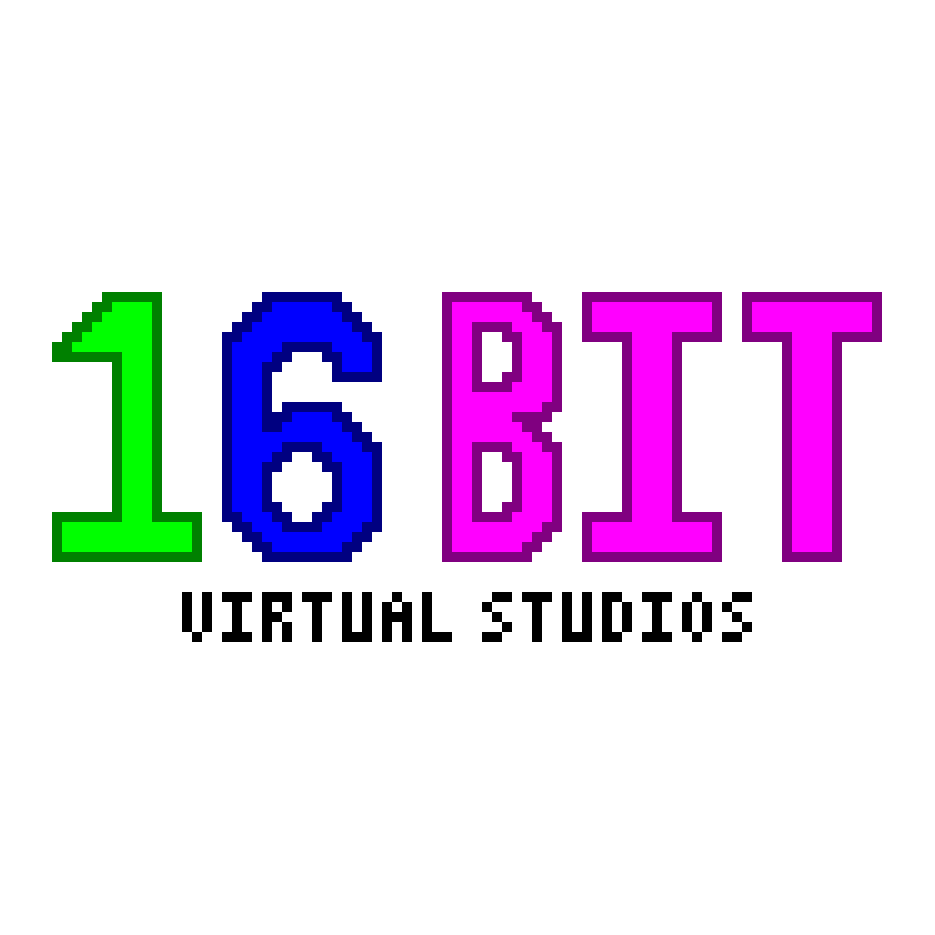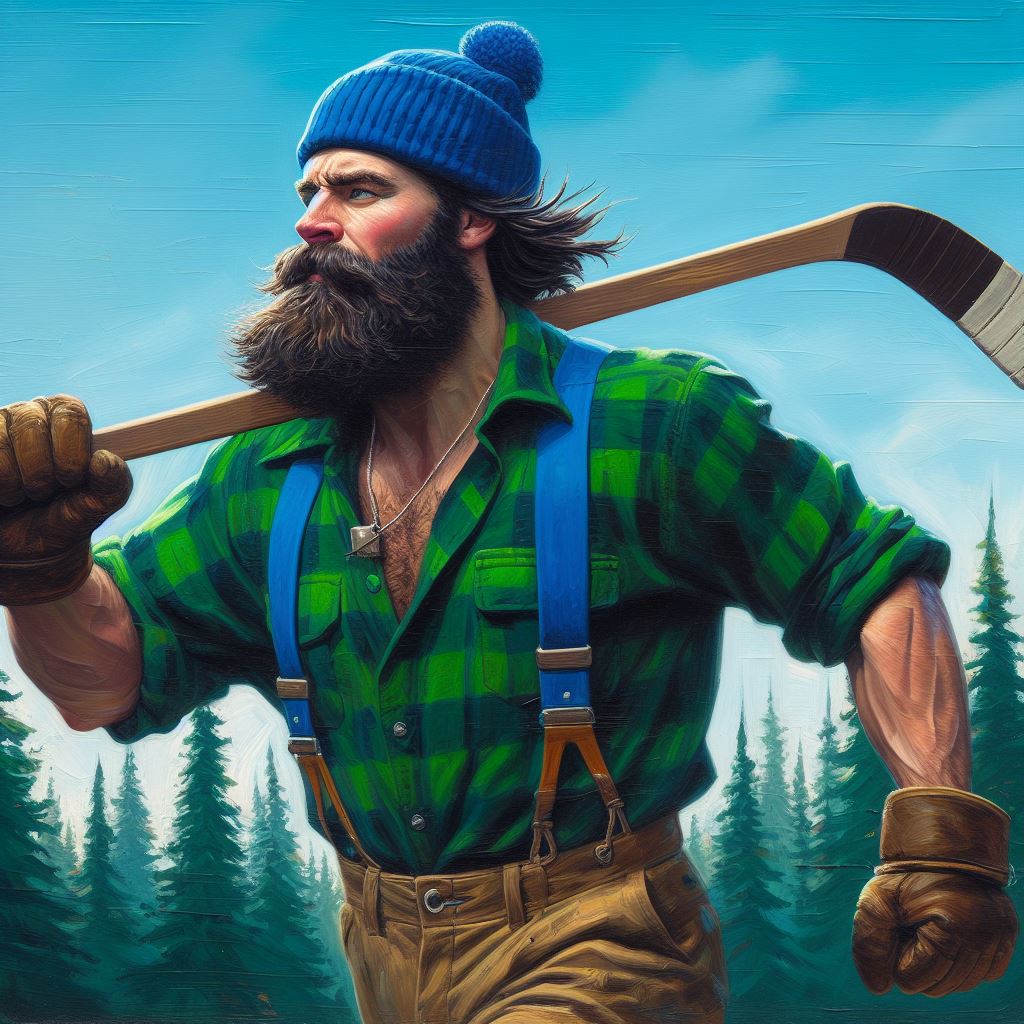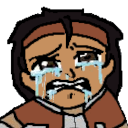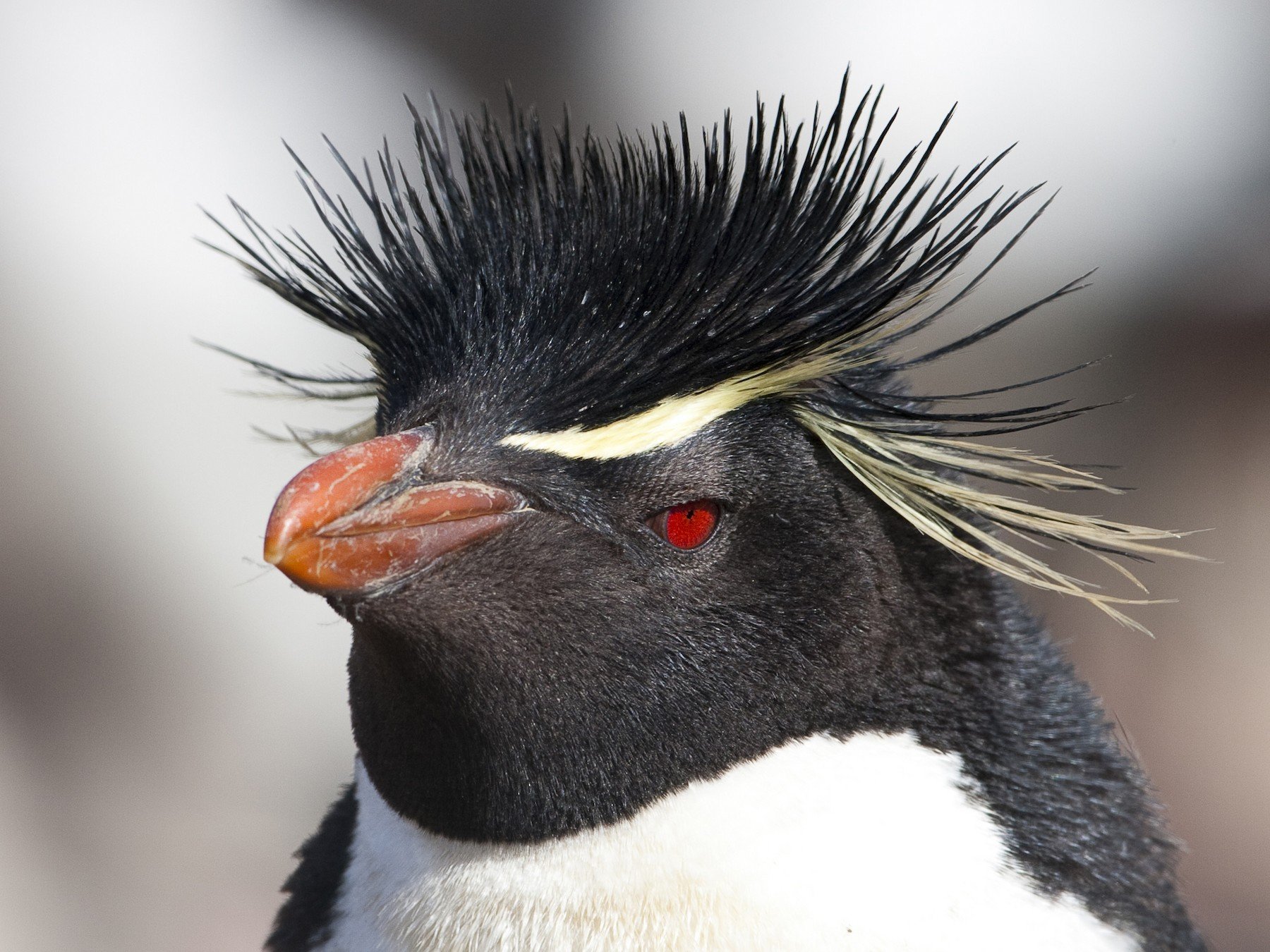If you wanna print it yourself, the model is here: https://www.printables.com/model/1348194-4n-threaded-flat-head-screws-and-nuts-10-32-equiva
Design to be a drop in replacement for 10-32 screws with a much, much higher pitch. These screws are extremely easy to print, is reliable enough that it can hold some weight.
If you wanna print this yourself, you need to make sure that the screw is sideways, so if it breaks it’s no on the layer lines.

Using them in my own prints which had metal screws and they are holding quiet well.
I wonder if 3d printed driver tips would be better for matching the material strength and reduce stripping. Or maybe they wouldn’t have enough strength at all and would just twist and fall apart.
I was also wondering how well printing drywall anchors would work.
Printing like this is a fun start on the path of thinking about what is possible.
In FreeCAD, there is Mark’s Thread Design workbench. That includes a thread profile called the buttressed thread. The profile has a print orientation where, if you print it vertical, the thread will not produce any overhangs, like if a normal thread profile is
a buttress thread is7. Mark has a YT upload on how to use his workbench. It is pretty easy to follow and a simple one to use.At the stage I’m at in design, built in clips can replace most hardware. If I’m using printed threads it is usually a very large thread with some thin sleeve like clearance. I like to build splines into my threads to also create locking elements in the same space.
Ackschually, you don’t need to print them entirely sideways for structural integrity. Printing at an angle should also work and you don’t get so many artifacts from support material.
It’s still a lot weaker than horizontal. Probably strong enough, but still significantly weaker. Personally i print horizontal without support, cutting bottom face through the head so it lies flat, though that won’t work well if you need the head fully intact
Torx or Robertson would probably be a better choice for head.
I mean, theorerically, but a phillips screw is much less complicated and easier to print bc less overhang
deleted by creator
And given the lack of strength in these screws, cam-out is likely a positive (which is what the Phillips what’s designed to do).
Is that the LTT Noctua screwdriver?
Maybe, it was a mystery
Just an FYI if you’re not familiar with American screw sizes, calling this a 10-32 equivalent is probably going to confuse come people.
The naming convention used for screws in America includes the shank diameter and the pitch of the thread in threads per inch (TPI)
So a 10-32 in a #10 diameter screw with 32 threads per inch
Below about ¼ inch diameter, the American system usually uses that numbered system, a #10 screw is .190 inches or roughly 3/16
For larger diameter screws they usually just use the nearest fractional equivalent instead of the screw number, so a ¼-20 is roughly ¼ inch (actually .242in/ or #14) diameter and has 20 TPI
Most sizes have a standard coarse and fine thread, for #10 32TPI is the fine thread, and 20TPI is the coarse thread
Little back-of-the-envelope math that I’m not super confident in, this would be something like a 10-16 screw. You might want to rename it or add a note to that effect, or maybe call it something like a #10 extra coarse thread.
I don’t know much, other than I have a box of them at home which I used for my older designs, and kept with since I could buy them cheap enough in bulk.
Wanted to make them out of plastic because I wanted to save some costs and this is what I got. I also find it funny that I got the thread which has a 15.875TPI at the end of the day. Half of what I am use to.
Have you considered a slotted head? They will scale better than a cross head, which works best with a machined fit.
Do different fills have different effects on the sturdiness? I would think that a solid fill is the best, but my kid insists different fills are more rigid.
fuck slotted.
fuck fuck fuck fuck slotted.
fuck slotted all the way back to 1513 and the first clock maker who released those accursed damnable screws on humanity.
I would rather gouge out my fingernails and toenails with a dull spoon than have to suffer through another slotted screw that’s somehow worse than normal slotted screws.
fuck. slotted. screws.
Wish I could upvote you more.
Any time I take out a slotted screw, I throw the fucker away and replace with (preferably) torx, but I’ll settle for Phillips.
Slotted is the way to go. I’ve messed with a lot of drive types on 3D printed screws and I always come back to slotted, because it’s the most resistant to being reamed out. Phillips, Torx, Roberson (square), and especially Allen (hex) really don’t work very well when printed in plastic.
Still testing the head designs. Should consider a slot instead since the hole doesn’t take well to a metal screw driver.
As for the fills. Wall thickness has more impact than infill due to it’s size. With that said, from my testing with stylus, 100% infill bends better than 25% which I am using. But as this is not suppose to be used crooked it shouldn’t make too much of a difference.
Thanks for sharing! Possible to do it with a torx head?
Anything with sharp angles will be likely strip it. Spanner Drive heads might do it, but it’s an uncommon type of screw bit.

why limit yourself to current bits? design and print your own bit head that’s strong for printed parts.
Who cares if the head strips even metal screws do that every time
These are the size of 10-32’s… if their head strips you are putting a ton of torque on it.
You underestimate my power.
And my pure stupid stubbornness
And my axe
Sir, you really shouldn’t use your axe to drive screws. It doesn’t even work and damages the axe. Also this is a Wendy’s.







